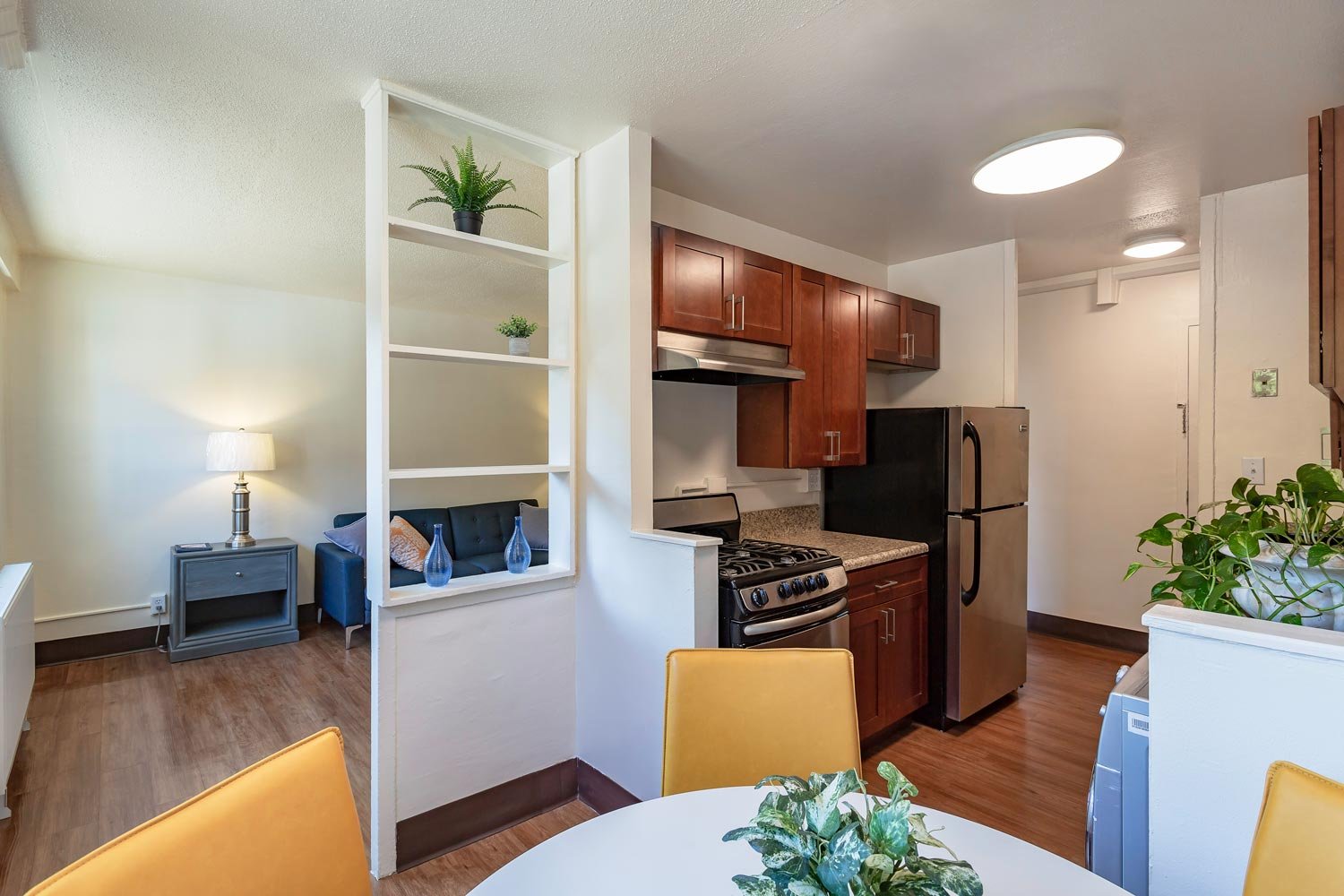


Your Complete Affordable Housing Solution
Your Complete Affordable Housing Solution
MDG has an over 35-year track record of developing and building housing that all residents can be proud to live in. Our community centered people-first philosophy has given us a reputation as one of the most respected and innovative affordable housing developers and general contractors. Using this philosophy that has served us well for so long, we will continue restoring neighborhoods to improve the lives of the people residing in those communities.

Our Work
Our Work
Occupied Rehabilitation
MDG is considered the foremost rehabilitator of occupied housing and is known to be one of the most creative builders in New York City. Renovation of occupied housing requires extensive job coordinating and scheduling, yet using its time-tested, tenant-friendly methodology, MDG completes most projects ahead of schedule. An occupied rehabilitation usually includes new bathrooms and kitchens. Sometimes, the entire apartment is rehabbed including walls, floors, and ceilings.
New Construction
Experience has taught us that it is only by listening to the voices and concerns of all parties impacted by a project, owners, tenants, and the wider community, can it be considered successful. Whether MDG is taking on a new construction or rehabilitation project, MDG's goal is to build homes people are proud to live in.
Occupied Renovation Strategies
MDG is the foremost rehabilitator of occupied housing in New York City completing over 23,500 occupied housing units totaling over $3.9 billion in hard costs. MDG is known for creative solutions to complex problems. A tenant in place occupied rehabilitation usually includes new bathrooms, kitchens, windows, flooring, and painting. MDG uses four methods of rehabilitating occupied housing:
Checkerboarding: MDG renovates apartments vertically, line by line, by moving residents to vacant units within the building being rehabilitated.
Hospitality Suite: MDG renovates apartments vertically, line by line, with residents in occupancy, providing them with a hospitality suite within the building being renovated where the occupants of several apartments can share during construction hours. The hospitality suite usually has a working kitchen, bathroom, and entertainment room for children. Residents return to their apartment each evening. Apartments are their apartments.
Relocation: MDG renovates apartments vertically, line by line by moving residents temporarily to vacant units in another building.
The Apartment Alter Ego: MDG renovates apartments vertically, line by line, with residents in occupancy by building a temporary wall in each unit being renovated. Residents live in half of the apartment with existing kitchen and bath while a new kitchen and bath are being built on the other side of the partition. After the new kitchen and bath are completed, residents move to the new half of their apartment, while the existing kitchen and bath are demolished and made into bedrooms.


